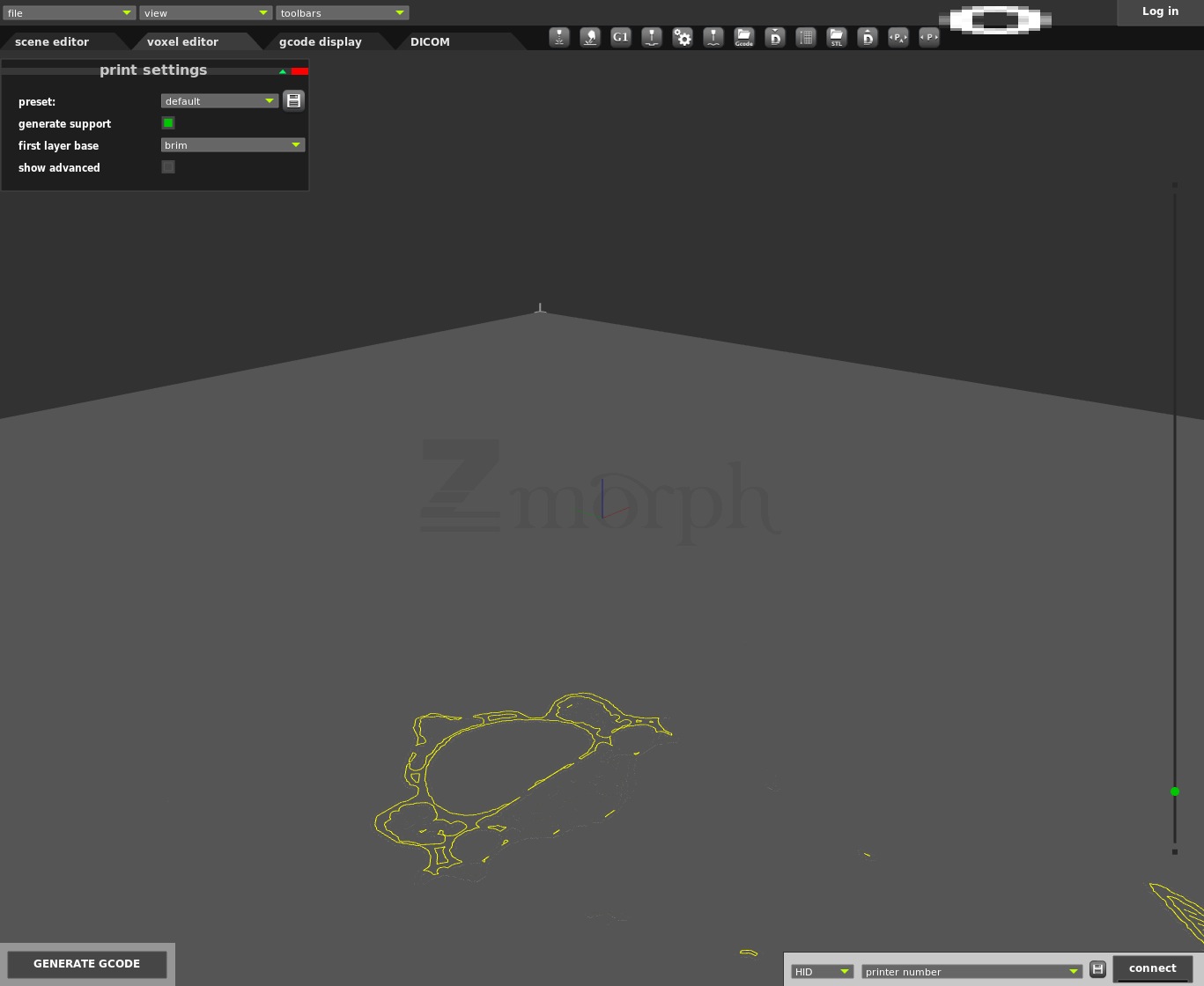Voxelizer is the software made for ZMorph 3D printers, but it also may offer something for those who don’t use that machine.
Each 3D printer needs software to prepare 3D models for printing and drive the printing process. ZMorph is no different and therefore they’ve created Voxelizer for their purposes. It works not only for ZMorph, but also for RepRap-compatible machines.
Aside from the usual capabilities required for such software, it has two interesting features. The first is “voxelization”. This is a process by which your 3D model is converted from a mesh to a solid form.
STL, the most common 3D model format for 3D printing, represents a shape with a series of triangles that interlock and form the “skin” of the object. There’s plenty of possible issues with this approach, and so some advocate moving to a more “solid” representation: voxels. You could consider voxels like a “block” that is solid and used to construct larger, more complex objects. Voxelizer can import your STL and convert it to voxel form, a function not commonly found in 3D printer software.
The second feature is perhaps more interesting. Voxelizer can accept DICOM format. DICOM, if you’re not familiar, is the file format used by medical scanning devices. A CAT scan, for example, might be in DICOM format. Voxelizer can accept a series of DICOM files and reassemble them into a solid 3D model. Even better, you can then export the resulting model in STL format for use on any 3D printer. We’re not sure if any other commonly available 3D printing software can do this.
It opens up multiple opportunities for those wishing to look into the medical world for printable 3D models. Scans of bones, dental, internal organs, prehistoric scans and other items could suddenly become accessible for personal 3D printer operators, as there are multiple sources of DICOM data on the web today.
We may see some very interesting prints soon.
Via Voxelizer


